Group leader
Prof. Cleo Bertelsmeier
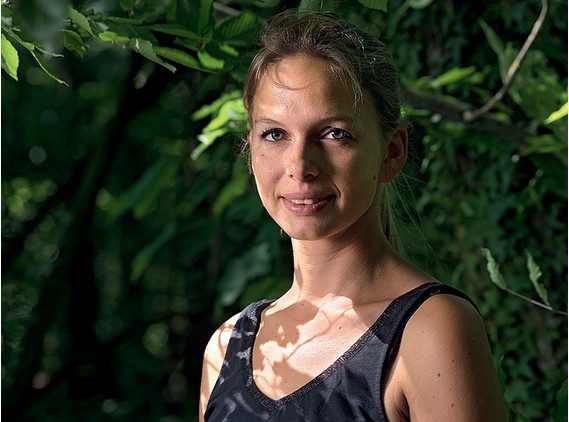
I have broad interests in insect ecology, invasion biology and climate change impacts. My group and I investigate different aspects of these topics. See research for more details.
Post-docs
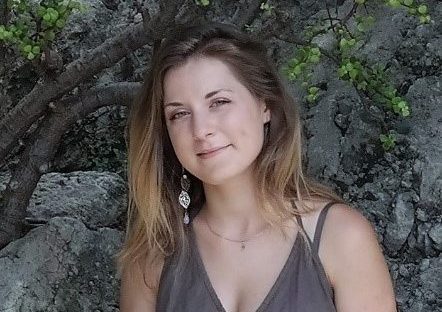
Dr. Lucie Aulus-Giacosa
I joined the group in July 2021. I am currently working on the definition of ants and insects’ bioregions. I am interested in how dispersal of alien species redefines biogeographic areas.
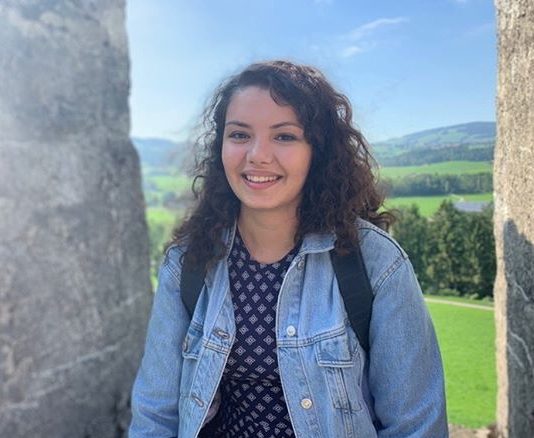
Dr. Olivia Bates
I joined the group in April 2019. I am currently investigating climatic niche dynamics between native and non-native ranges of invasive species
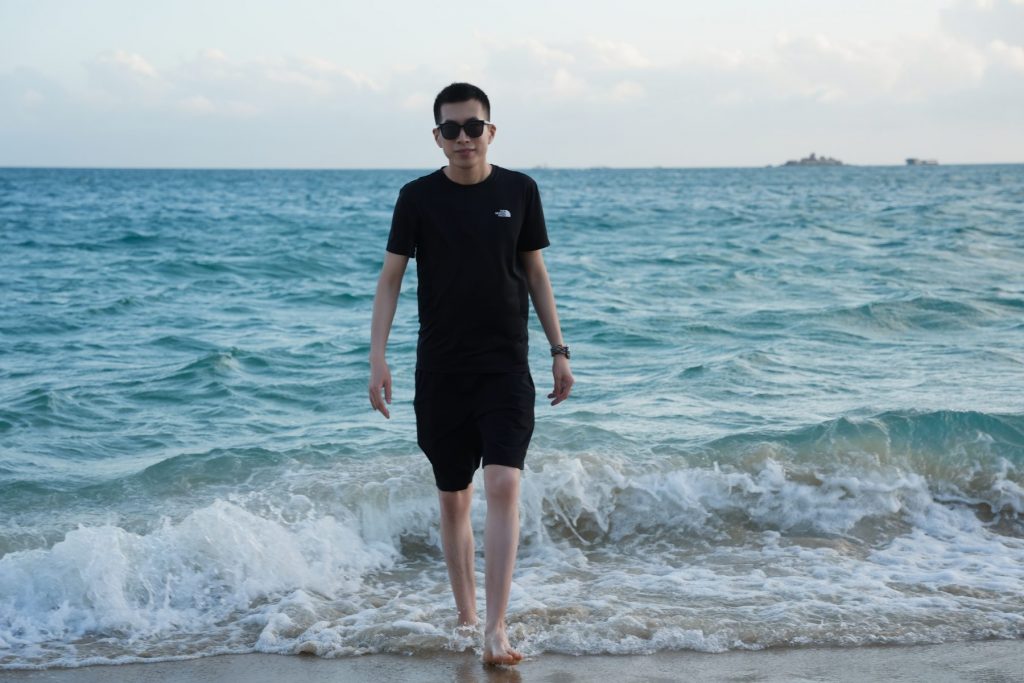
Dr. Tongyi Liu
I joined the research group in February 2024, with a focus on human-mediated dispersal. I am currently working on understanding the role of globalization in the worldwide spread of invasive ant and insect species.
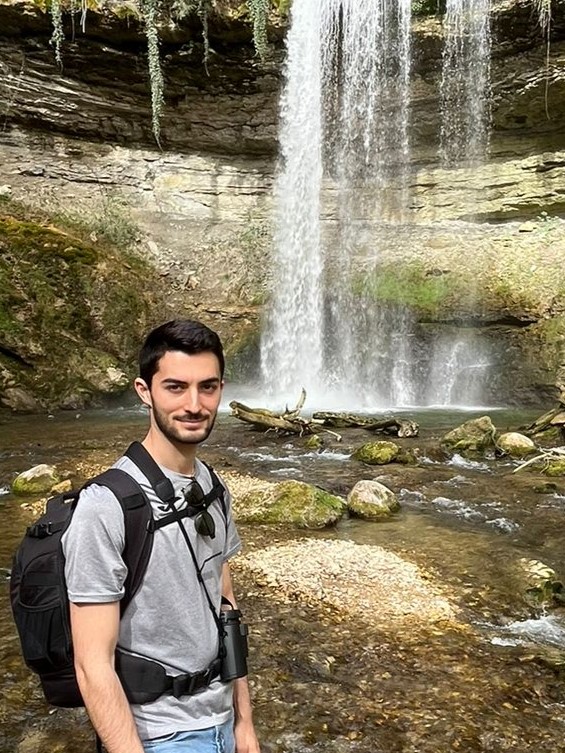
Dr. Mathieu Leclerc
I’m currently interested in the impact of microclimate on ant behaviour, and more specifically on the invasive species Tapinoma magnum. I want to better understand the effect of microclimate and environmental temperatures on ant activity.
PhD Students
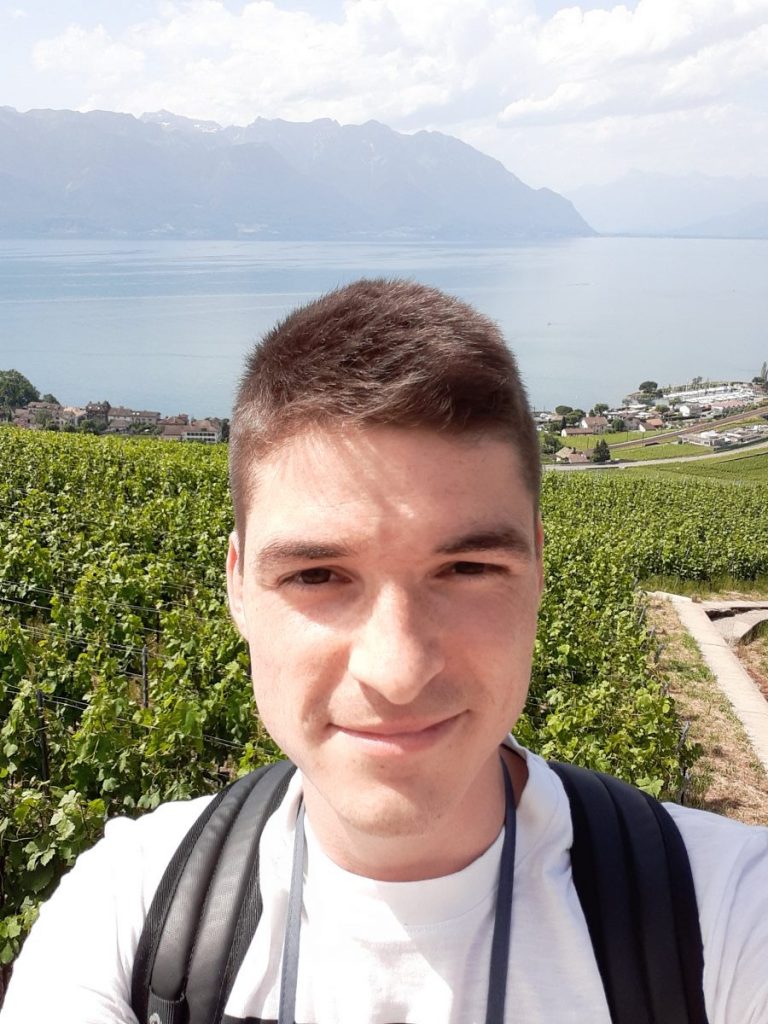
Aymeric Bonnamour
I joined the group in February 2020 as a master student, working on global invasion models. I started a PhD in October 2020. I am investigating the impact of globalisation on the spread of alien species.
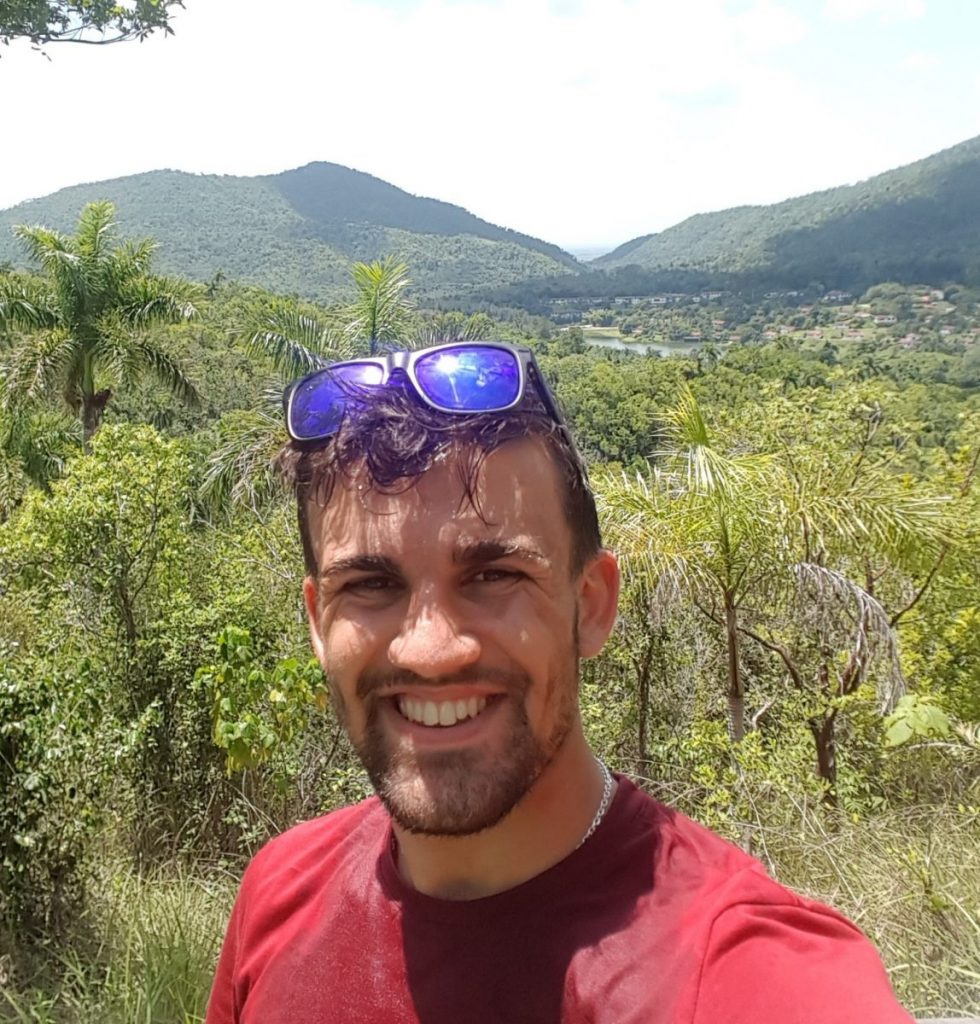
Tristan Klaftenberger
I joined the group in September 2021. I am currently interested in the distribution, roles and evolution of color in ants at different spatial scales.
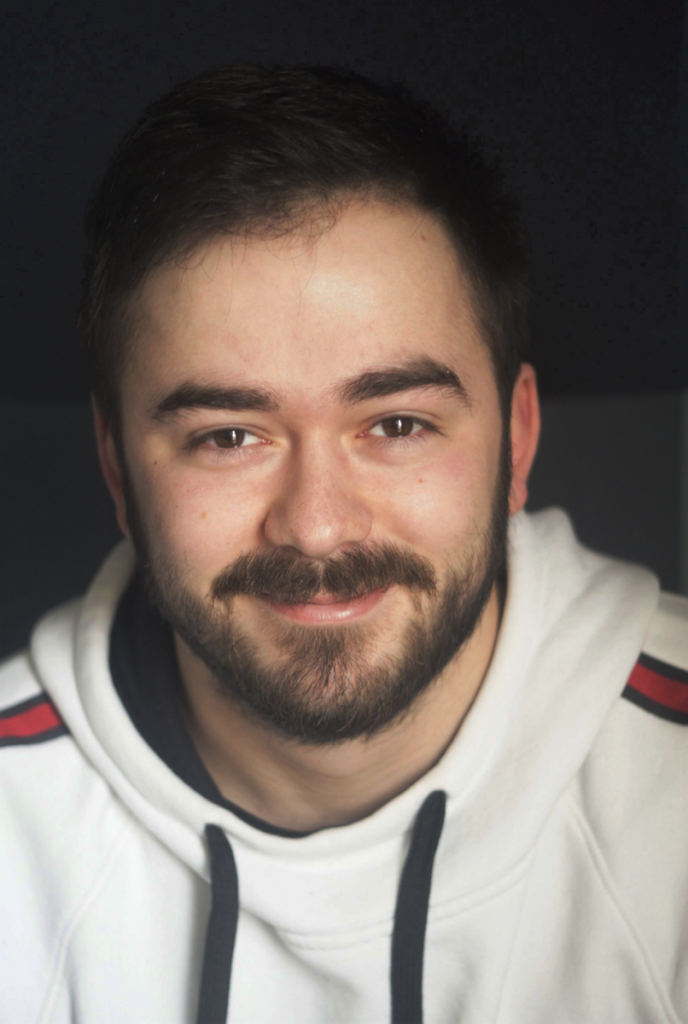
Eddie Pérochon
I joined the group in July 2022. During my PhD, I am investigating the role of environmental factors in shaping the variation and plasticity of social organization in ant species.
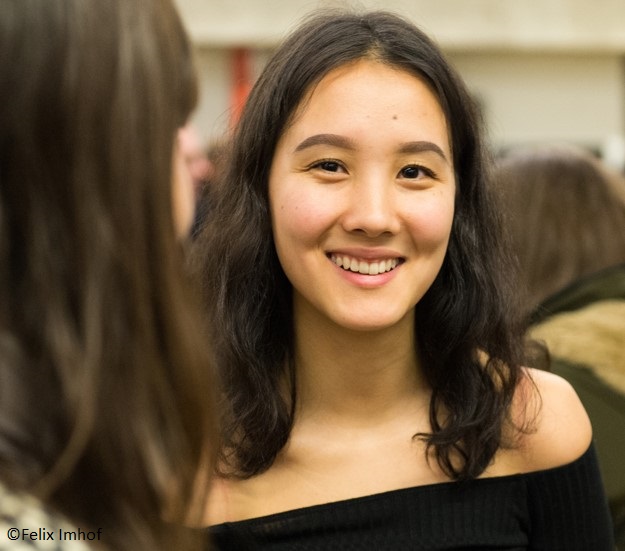
Zoé Sherpa
I joined the group as a PhD student in October 2022. I am currently working on niche dynamics in invasive species and across phylogenies.
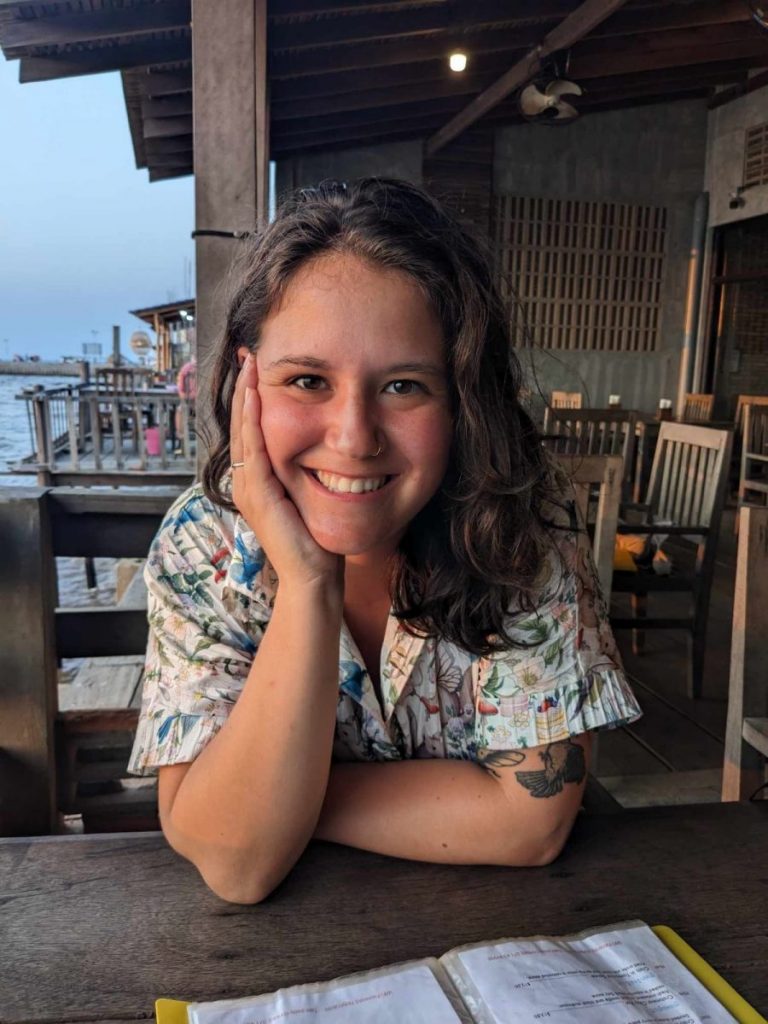
Rosaëlle Perreault
I joined the group as PhD student in April 2024. I am currently working on temporal invasion dynamics of invasive insects.
Biostatistician

Dr. Sébastien Ollier
I am particularly interested in multivariate analysis, spatial statistics and comparative analyses. I work on spatiotemporal invasion dynamics and the evolution of color in ants.
Masters Students
See the page masters students for more information about their ongoing projects
Past Lab members
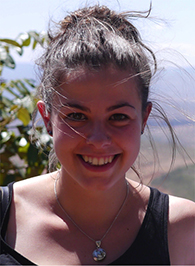
Dr. Gyda Fenn-Moltu
I joined the group in February 2019. I am currently investigating how human trade routes influence the global spread of invasive species.
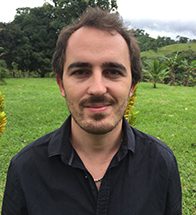
Dr. Jerome Gippet
I joined the group in January 2019. I am currently working on how human-mediated dispersal affects invasive species. Current work involves how the pet trade influences invasion processes
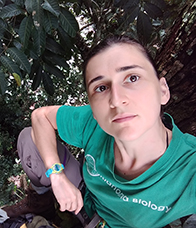
Dr. Jelena Bujan
I am interested in the physiological limits of different species. I am currently investigating plasticity in thermal tolerances of ant species
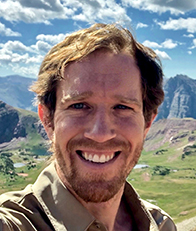
Dr. Timothy Szewczyk
Tim worked in the group as Post-Doc from 2019-2021. He worked on species distribution and trait modelling in response to elevational gradients. His work involved conducting research for ‘operation fourmis’ in the canton Vaud, Switzerland